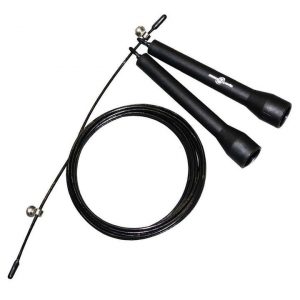Características del Producto
| Peso | 58 kg |
|---|---|
| Dimensiones | 106 × 21 × 86 cm |
| Peso Máximo de Usuario | 150 Kg |
| Sistema de arrastre | Banda |
| Peso de Volante | 20 Kg |
| Sistemas Multiposición | 4 |
Original price was: $3.323.000.$2.492.250Current price is: $2.492.250. IVA
Descripción:
Colores disponibles: Negra/verde y Negra/rojo
Color sujeto a disponibilidad
| Peso | 58 kg |
|---|---|
| Dimensiones | 106 × 21 × 86 cm |
| Peso Máximo de Usuario | 150 Kg |
| Sistema de arrastre | Banda |
| Peso de Volante | 20 Kg |
| Sistemas Multiposición | 4 |
La bicicleta spinning Siena de Sport Fitness es un equipo cardiovascular que permite aumentar la resistencia física y proteger el corazón.

Su estructura es de una gran calidad ya que está hecha en hierro de alto tráfico y su pintura electrostática es de alta duración. Es perfecta para el gimnasio y es muy cómoda para los usuarios. Esto se debe a que cuenta con 4 sistemas multi posición, manubrio antideslizante, freno de seguridad y galápago en espuma de alta densidad.
La puedes poner en el lugar que desees o incluso moverla constantemente, ya que la bicicleta spinning Siena de Sport Fitness trae rodachinas.

El ciclo computador de la bicicleta Siena de Sport Fitness indica información relevante para el entrenamiento. Por ejemplo, velocidad, distancia recorrida, calorías quemadas, tiempo entrenado y frecuencia cardíaca. La mejor parte es su compatibilidad con SIGMA y POLAR (No Code)
Su sistema de arrastre es Banda. Es decir, es más duradera, silenciosa y requiere de menos mantenimiento.
Otras características de la bicicleta Spinning Siena
Colores: Negra/verde y Negra/roja. Color sujeto a disponibilidad.


Debes acceder para publicar una reseña.
luis orlando puentes puentes –
Calificación Positiva | Calificación de MercadoLibre http://perfil.mercadolibre.com.co/DEEPCOSAS